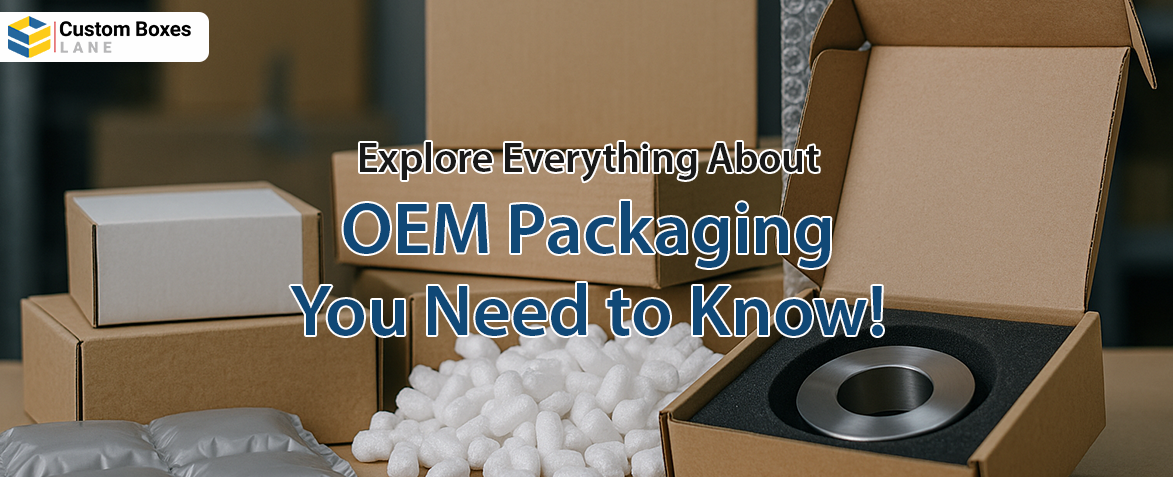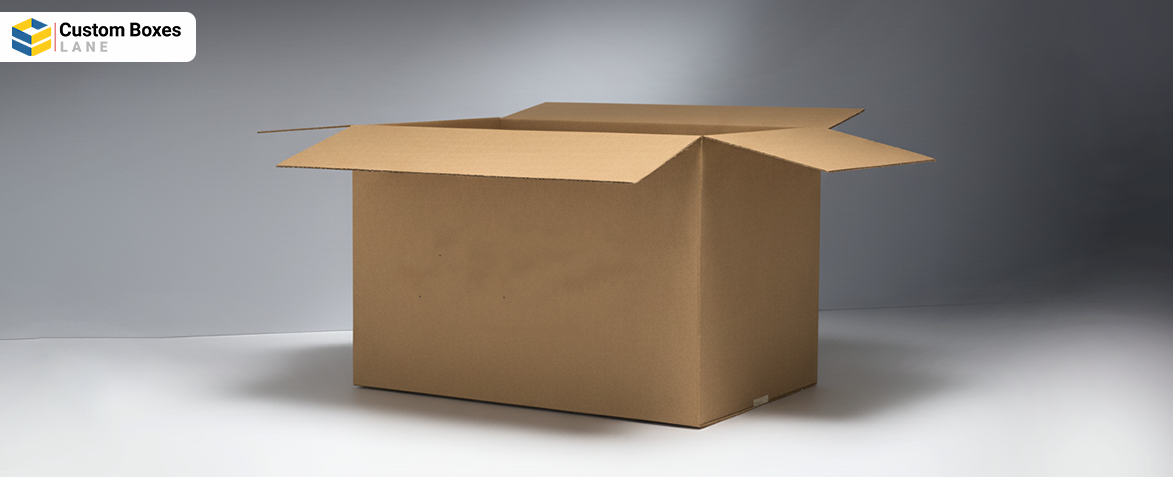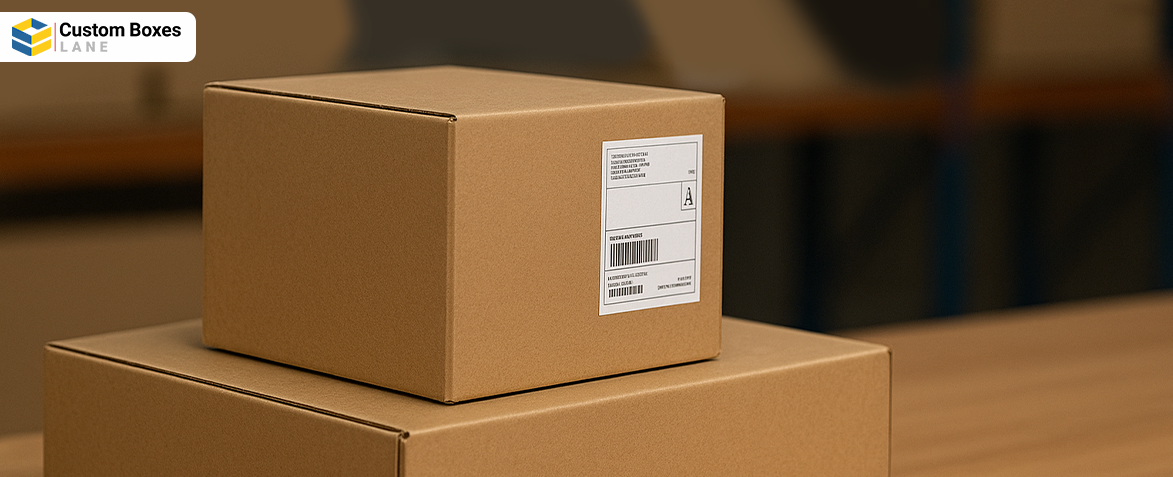Explore Everything About OEM Packaging You Need to Know!
Waqas Khan Pitafi 2025-10-17 12:24:04

OEM packaging is a significant part of manufacturing and supply chain processes. It is widespread in industries including automotive, electronics, and heavy machinery. Put simply, OEM is a specialized type of packaging that differs from standard retail packaging in terms of both design and function.
Developing a basic understanding of OEM packaging is important because it emphasizes protection and efficient handling. This packaging ensures your items reach their final destination without any damage. Explore this blog to ensure you don’t compromise OEM packaging and choose the right packaging manufacturer!
What is OEM Packaging?

Talking about the OEM acronym, it stands for “Original Equipment Manufacturer.” It means OEM refers to a company that often produces minimal and bland items, which another company sells under its name rather than the original manufacturer.
OEM Packaging is typically designed for bulk shipments. Unlike colorful and elaborate retail versions, OEMs may be either plain brown or white boxes with bare necessities like shipping labels. In short, OEM packaging is simpler because it’s not designed for the consumer’s shelf.
For example, if Custom Boxes Lane manufactures rigid boxes. And a luxurious brand decides to sell their items in our boxes, then Custom Boxes Lane is the OEM. This approach helps a luxurious brand save time and money. Because the brand doesn’t need to manufacture its own original packaging. Plus, it elevates the overall quality and shipping experience of their products.
By choosing OEM items, brands save significant production costs and get high-quality products at affordable prices. Compared to retail products, OEM products turn out to be more cost-effective.
Benefits of OEM Packaging
OEM packaging offers several benefits, from establishing a strong brand reputation to reducing costs by streamlining the supply chain. Let’s dive into its detailed benefits for both businesses and consumers:
Benefits of OEM Packaging for Businesses

OEM packaging allows brands to focus on sales and marketing while a third-party handles production. It eventually leads to a more efficient and cost-effective operation. Other benefits include:
- Build Brand Identity: Provide a consistent and high-quality way to package items. It helps brands boost their recognition and trust with consumers.
- Emphasize Core Competencies: Compared to manufacturing complexities, companies focus their resources on marketing, sales, and other core functions by outsourcing production to an OEM.
- Save Significant Costs: Eliminate the need for third-party suppliers and associated handling costs by sourcing directly from an OEM, which becomes a cost-effective approach.
- Allow Business Scalability: Let brands grow without massive upfront investment in staff and facilities as OEM rapidly scales products to meet rising demand.
Benefits of OEM Packaging for Consumers
For consumers, OEM packaging implies a higher level of quality, trust, and potential warranty support. Consider here its detailed benefits for consumers:
- Assure Quality Control: Minimize the risk of defects and ensure durability as OEM items are designed to specific and tight specifications. They also undergo rigorous quality controls.
- Build Reliability and Trust: Signify a higher level of trust and confidence in the quality and reliability of the product through the presence of the OEM’s name on the packaging.
- Give Warranty Support: OEM products frequently come with better warranties that provide peace of mind and protection against defects.
What is Retail Packaging?
Retail packaging is a type of packaging where items are directly sold to consumers by retail channels. It is designed to enhance visual appeal and attract consumers. This packaging commonly includes product information, branding, and sometimes accessories, unlike OEM packaging.
In crux, retail packaging offers an entire package for consumers with all essential accessories and information for using the item. Usually, retail items come with guarantees and warranties from the manufacturer or retailer.
Compared to OEM packaging, retail boxes are not only designed to meet the demands of the supply chain but also to develop a relationship with customers for operational impact. Beyond product protection, retail packaging emphasizes selecting the perfect material, vibrant colors, and creating a memorable unboxing experience that influences the purchasing decision of customers.
Retail packaging boxes must be practical for display on shelves, easy for customers to open, and protective of the product.
Benefits of Retail Packaging
From marketing through brand visibility and attractive design, retail packaging offers versatile benefits. Here are those potential benefits for you to consider:
- Boost Marketing and Brand Building: Attractive and well-designed packaging makes a product stand out on shelves. It encourages customers to notice and remember your brand.
- Enhance Operational Efficiency: Thoughtful packaging creates a positive "unboxing" experience and builds a stronger connection between the customer and the brand.
- Influence Customer Perception: The quality of the packaging influences customer perception, and eco-friendly options develop trust among environmentally conscious consumers.
OEM vs Retail Packaging
OEM vs. retail packaging differs mainly in their target audience, design, and components. OEM packaging is functional and plain. It is designed for bulk shipping to businesses for system assembly and is often cheaper. However, retail packaging is designed for the end consumer while featuring attractive branding, marketing materials. It may include bundled extras and a longer warranty.
|
Features |
OEM Packaging |
Retail Packaging |
|
Purpose |
Protection during bulk transport and efficient handling |
Consumer appeal, branding, and marketing to stand out on shelves |
|
Aesthetics |
Minimalist, functional, and typically plain brown boxes |
Eye-catching, colorful, and branded with marketing graphics |
|
Included Items |
Basic product only; may exclude bundled accessories like a cooler or software |
Includes all necessary accessories, bundled software, and marketing materials |
|
Cost |
Generally lower due to less elaborate packaging and fewer included items |
Generally higher due to the cost of marketing materials and more components |
|
Warranty |
May have a shorter warranty or require support through the manufacturer of the final product |
Often includes a longer, consumer-specific warranty |
Should You Choose OEM or Retail Packaging?
Choose retail packaging if you prioritize features like longer warranties, included software, and the ability to transfer the license to a new computer. But if you are building a computer, and on a tight budget, or don't need extra software and a transferable license, then opt for OEM packaging.
Choose a Reliable Packaging Partner
Choosing the right OEM packaging partner is significant if you want cost-effective and high-quality product packaging. To do so, OEMs need to seek partners that provide comprehensive services from design to manufacturing and support. Our extensive experience and commitment to quality make Custom Boxes Lane an ideal partner for OEMs who are looking for credible and high-quality packaging services.
OEM (Original Equipment Manufacturer) packaging is packaging specifically designed by a manufacturer for parts or components that will be used in another company's final product, rather than for direct-to-consumer retail.
OEM stands for Original Equipment Manufacturer. It is a company that produces parts or products that are used in the assembly of another company's final product.
"OEM no packaging" refers to a product that is an Original Equipment Manufacturer (OEM) part but is sold without the manufacturer's branded retail box. Instead, it is typically shipped in a plain or "brown box" to indicate it was purchased in bulk.
OEM packaging is for business-to-business transactions, focusing on protecting components during bulk shipping with minimal branding. However, retail packaging is designed for end consumers, prioritizing marketing and aesthetics with a focus on consumer appeal.

